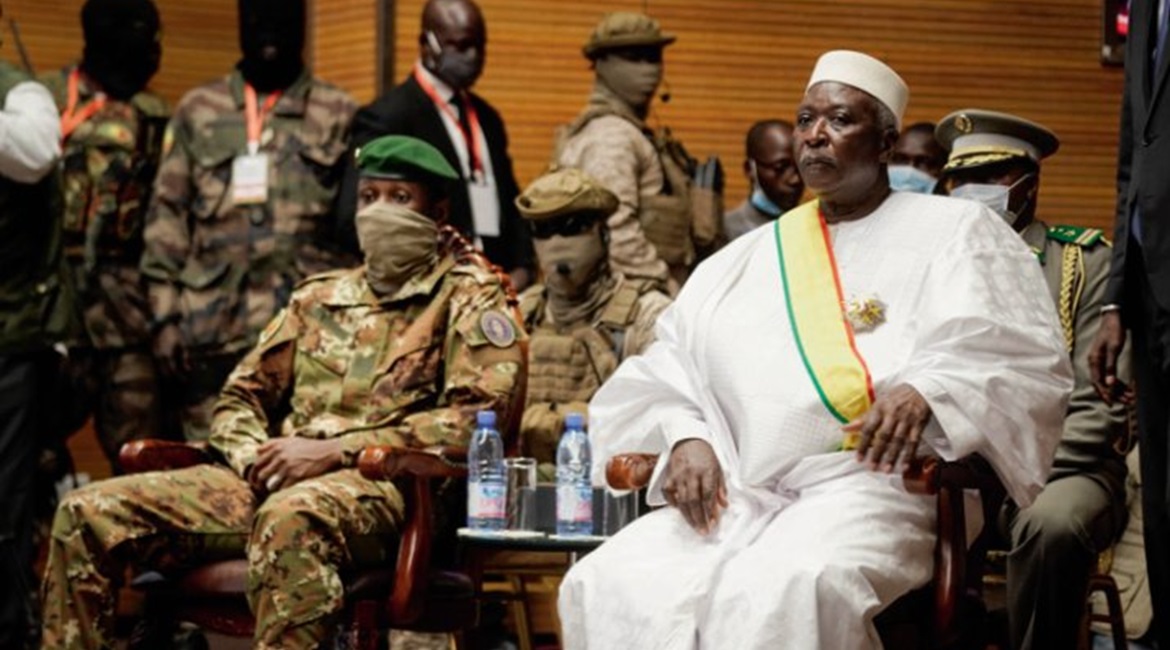
Malian soldiers, led by a group of five colonels, forced President Ibrahim Boubacar Keïta to step down in a bloodless coup on 18 August. His removal followed weeks of mass street protests involving tens of thousands of Malians calling for his resignation. A turning point in the protests occurred on 10 July when protesters ransacked and set fire to government buildings and the security forces responded with live fire, killing at least 11 people.
The protests were led by a new opposition coalition composed of civil society organisations, religious groups, and opposition parties, known as the 5 June Movement-Rally of Patriotic Forces (Mouvement du 5 juin-Rassemblement des forces patriotiques: M5-RFP). The trigger for the mass protests and subsequent galvanisation by the M5-RFP came in April when the Constitutional Court overturned legislative election results in 31 constituencies in favour of the ruling Rally for Mali (Rassemblement pour le Mali: RPM) party.
The M5-RFP was headed by the influential Imam Mahmoud Dicko, who tapped into years of frustration over the government’s inability to restore security along with increasing poverty and allegations of nepotism and corruption. However, the day after the coup, Dicko announced his withdrawal from politics. Although his alliances are changeable (he was a one-time ally of Keïta), he is highly likely to continue to influence Mali’s political roadmap.
In contrast to domestic support for the coup, outside Mali it was condemned by the African Union, the United Nations, the Economic Community of West African States (ECOWAS), and key donors including France and the United States. The US and European Union suspended military assistance to Mali and ECOWAS imposed economic sanctions and border closures, effectively isolating Mali from the sub-region.
Looking to read the full article?
Gain unlimited access to Janes news and more...






